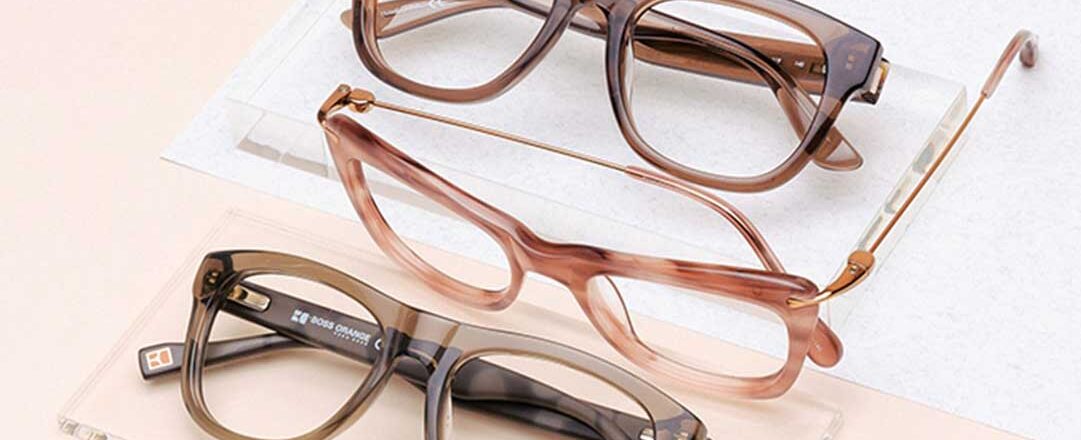Protect your eyes from dust and disease is crucial for maintaining optimal eye health. Dust particles can irritate the eyes, leading to discomfort, redness, and even abrasions if not addressed promptly. Additionally, airborne pathogens can pose a risk of infections such as conjunctivitis or even more serious conditions like corneal ulcers. To safeguard your vision, it’s essential to wear protective eyewear, such as goggles or glasses, when engaging in activities that expose your eyes to dust or debris.
Regularly washing your hands and avoiding touching your eyes can also minimize the risk of transferring harmful bacteria or viruses. Lastly, maintaining good hygiene practices for contact lenses, if applicable, and seeking prompt medical attention for any eye discomfort or symptoms of infection are vital steps in preserving your eye health and preventing potential complications.
Our eyes are invaluable assets, and safeguarding them from potential threats is crucial for maintaining good vision and overall eye health. Dust and airborne particles not only irritate the eyes but can also pose serious health risks. In this guide, we’ll explore effective ways to protect your eyes from dust and prevent the onset of eye diseases.
Table of Contents
Protect Your Eyes from Dust
Dust particles, ranging from microscopic to visible specks, can lead to various eye problems. Common issues include:
- Eye Irritation: Dust can cause immediate irritation, redness, and discomfort.
- Allergic Reactions: Some individuals may be allergic to certain types of dust, leading to more severe reactions.
- Scratched Cornea: Larger particles can scratch the cornea, leading to pain and potential long-term damage.
- Infections: Dust carries bacteria and viruses that can cause eye infections if they come into contact with your eyes.
Protective Measures
1. Use Protective Eyewear
Invest in safety glasses or goggles when engaging in activities with a high risk of dust exposure. This includes woodworking, construction work, or any activity where debris is prevalent.
2. Regularly Clean Your Living Spaces
Keep your living and working environments clean and dust-free. Regularly dust surfaces, vacuum carpets, and change air filters to reduce the overall dust concentration.
3. Avoid Touching Your Eyes with Unclean Hands
Practice good hygiene by washing your hands regularly, especially before touching your face or eyes. This simple habit can prevent the transfer of dust and harmful microorganisms to your eyes.
4. Use Eye Drops
Consider using lubricating eye drops to keep your eyes moist. Dry eyes are more susceptible to irritation from dust particles, and eye drops can provide relief.
5. Stay Hydrated
Drinking an adequate amount of water contributes to overall eye health. Proper hydration helps maintain the tear film on your eyes, which acts as a natural barrier against dust.
Recognizing Symptoms and Seeking Treatment
Common Symptoms of Dust-related Eye Issues:
- Redness and Irritation
- Itching Sensation
- Watery Eyes
- Blurred Vision
When to Seek Professional Help:
If you experience persistent or severe symptoms, consult an eye care professional promptly. Ignoring eye issues can lead to complications and long-term damage.
Conclusion
Prioritizing the protection of your eyes from dust is a simple yet powerful way to maintain optimal eye health. By adopting preventive measures, investing in protective eyewear, and seeking timely treatment, you can safeguard your eyes from the detrimental effects of dust and reduce the risk of eye diseases. Remember, healthy eyes contribute to a better quality of life, so make eye care a priority in your daily routine.
Protect your eyes from dust and disease is paramount for preserving clear vision and overall eye health. By wearing appropriate eyewear, practicing good hygiene habits, and seeking prompt medical attention when necessary, you can significantly reduce the risk of irritation, infection, and other complications. Remember, taking proactive measures to safeguard your eyes today can lead to a lifetime of healthy vision tomorrow.


